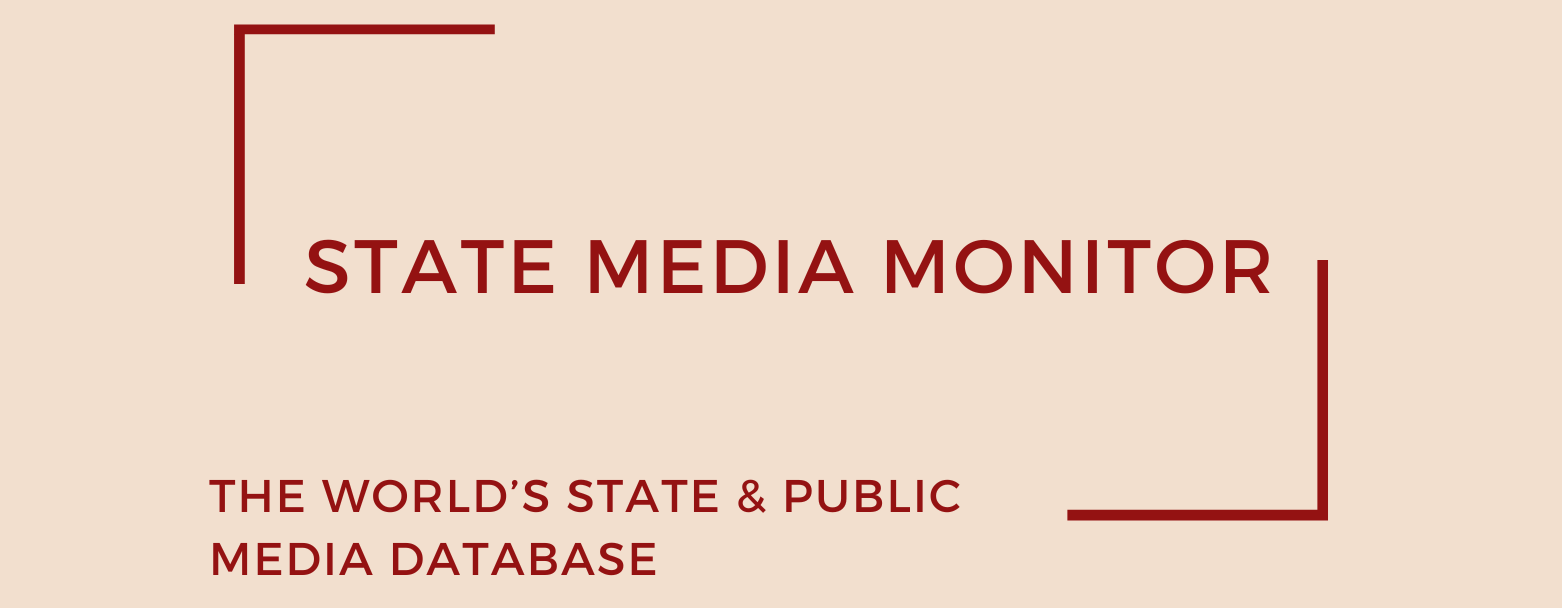Instituto Mexicano de la Radio (IMER)
Established on March 23, 1983, the Instituto Mexicano de la Radio (IMER) serves as Mexico’s national public radio broadcaster. As of 2025, IMER operates 23 stations across the country, including 21 terrestrial (AM/FM) stations and 2 exclusively online platforms. These stations span 14 states, offering a diverse range of programming that encompasses news, culture, music, and educational content.
Media assets
Radio: XHIMER-FM, XHOF-FM, XHIMR-FM, XEDTL-AM, XEMP-AM, XEB-AM, XEQK-AM (Mexico City); XHUAN-FM (Tijuana, Baja California); XHFQ-FM (Cananea, Sonora); XHRF-FM (Ciudad Acuña, Coahuila); XHUAR-FM (Ciudad Juárez, Chihuahua); XHLAC-FM (Lázaro Cárdenas, Michoacán); XHSCO-FM (Salina Cruz, Oaxaca); XHEMIT-FM (Comitán, Chiapas); XHCAH-FM (Cacahoatán, Chiapas); XHCHZ-FM (Chiapa de Corzo, Chiapas); XHYUC-FM (Mérida, Yucatán)
State Media Matrix Typology
Independent State-Funded and State-Managed (ISFM)
Ownership and governance
IMER is a decentralized agency within the Federal Public Administration, possessing its own legal personality and assets. Its primary mission is to provide broadcasting services as a matter of public interest and to support the Secretariat of Public Education (SEP) in managing federal government radio stations, excluding those under other state secretariats.
The institute operates under the direct supervision of the SEP. In January 2025, Carlos Lara Sumano was appointed as the Director General of IMER by the Secretary of Public Education. Lara Sumano has experience in public service, communication, and telecommunications, having previously led IMER from 1995 to 2002.
Source of funding and budget
IMER’s operations are primarily funded through allocations from the federal government. IMER is allowed to sell advertising for its seven commercial stations. However, the ad revenues generated by these stations can’t even cover the rent of the channels’ studios, thus the institute continues to rely on government support to maintain and develop its broadcasting services.
IMER’s annual budget in 2022 totaled MXN 268.7m (US$13.2 m), most of it coming from the government. The state allocation increased significantly compared to the previous year. In 2023, IMER operated with a state subsidy of MXN 271.4m (US$ 16.2m), according to media reports.
IMER was allocated a budget of MXN 191.5m (US$ 11.4m) for the 2024 fiscal year, according to the Federal Expenditure Budget. However, IMER is bracing for leaner times ahead. In 2025, the broadcaster was set to receive MXN 186.8m (US$ 9.6m), marking a cut from the previous year’s allocation.
Editorial independence
The Mexican government continues to steer the overall direction of IMER. Yet, over the past five years, there has been no concrete evidence of direct editorial interference in the broadcaster’s programming. In fact, quite the opposite has occurred—IMER has often drawn the ire of public officials for its critical stance. Frustrated by the station’s independent tone, President Andrés Manuel López Obrador went so far as to label IMER a “tendentious and conservative” outlet in June 2023.
Despite its public service role, IMER lacks the legal safeguards that grant full editorial autonomy to other public media entities in Mexico, such as SPR. While it operates under an official Statute and a Code of Ethical Values—documents that call for programming to reflect the country’s diversity and strive for balanced reporting across a broad range of perspectives—they fall short of enshrining true editorial independence.
IMER does have though institutional mechanisms in place aimed at bolstering transparency and public trust. These include an Ombudsman, a formal Code of Ethics, and a Citizen Council. The Council plays a key role in acting as a bridge between civil society and the broadcaster, with a mission to defend editorial independence, foster citizen engagement, and promote the free expression of Mexico’s ideological, ethnic, and cultural diversity across IMER’s 18 stations.
May 2025
Citation (cite the article/profile as part of):
Dragomir, M. (2025). State Media Monitor Global Dataset 2025.
Media and Journalism Research Center (MJRC).
Zenodo.
https://doi.org/10.5281/zenodo.17219015
This article/profile is part of the State Media Monitor Global Dataset 2025, a continuously updated dataset published by the Media and Journalism Research Center (MJRC).
